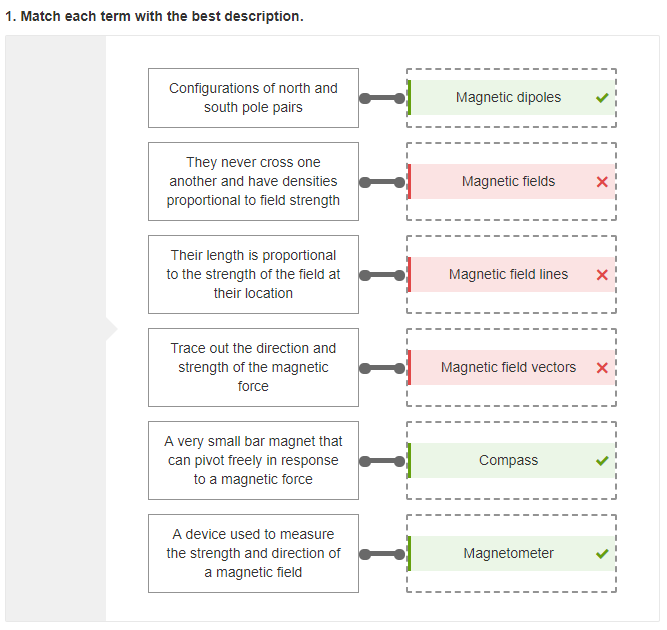Several Techniques Can Enhance the Accuracy and Efficiency of Your Term-Matching Process
Finding the perfect match between terms, whether in data analysis, document review, or software development, is crucial for accuracy and efficiency. A poorly executed term-matching process can lead to errors, wasted time, and ultimately, flawed results. Fortunately, several techniques can significantly improve the accuracy and speed of your term-matching process. This article explores some of the most effective strategies.
Understanding the Challenges of Term Matching
Before diving into the solutions, it's important to acknowledge the inherent challenges:
- Variations in spelling and grammar: Typos, abbreviations, and different grammatical forms of the same word (e.g., "run," "running," "ran") can all hinder accurate matching.
- Synonyms and near-synonyms: Words with similar meanings may not be exact matches, yet they should ideally be recognized as semantically equivalent.
- Ambiguity: Some words have multiple meanings, making it difficult to determine the correct context and therefore the appropriate match.
- Data volume: Processing large datasets requires efficient algorithms to avoid lengthy processing times.
Enhancing Accuracy and Efficiency: Proven Techniques
Here are several techniques that can significantly enhance your term-matching process:
1. Leveraging Fuzzy Matching:
Fuzzy matching algorithms account for minor differences in spelling and allow for approximate matches. These algorithms calculate a similarity score between terms, identifying potential matches even with typos or slight variations. Popular fuzzy matching techniques include:
- Levenshtein distance: Measures the minimum number of edits (insertions, deletions, substitutions) needed to transform one string into another.
- Jaro-Winkler similarity: Specifically designed for short strings and considers the beginning of the string more significant.
- Cosine similarity: Used for comparing the similarity of vectors representing terms, often used in conjunction with techniques like TF-IDF (Term Frequency-Inverse Document Frequency).
2. Implementing Stemming and Lemmatization:
These linguistic techniques reduce words to their root forms (stems or lemmas), improving the chances of matching related words. For example, "running," "runs," and "ran" would all be reduced to the stem "run." This significantly reduces the complexity of the matching process. Tools like NLTK (Natural Language Toolkit) in Python offer robust stemming and lemmatization capabilities.
3. Utilizing Ontologies and Knowledge Graphs:
For more sophisticated term matching, especially when dealing with complex semantic relationships, ontologies and knowledge graphs are invaluable. These structured representations of knowledge explicitly define relationships between terms, allowing for more accurate matches beyond simple string comparisons. For example, an ontology might explicitly link "automobile" and "car" as synonyms.
4. Employing Machine Learning (ML) Techniques:
Advanced machine learning models can be trained on labeled data to learn complex patterns and relationships between terms. Supervised learning models, for instance, can achieve high accuracy in term matching, particularly when dealing with noisy or ambiguous data. These models often outperform rule-based approaches, especially in large-scale applications.
5. Optimizing Data Preprocessing:
Before any matching process, proper data preprocessing is crucial. This includes:
- Data cleaning: Removing irrelevant characters, handling missing values, and standardizing formats.
- Data transformation: Converting data into a suitable format for the chosen matching technique.
6. Choosing the Right Algorithm:
The choice of algorithm depends on the specific requirements of your task. Consider factors such as data size, complexity of relationships between terms, and desired accuracy. Experimentation and testing are crucial to find the optimal algorithm for your specific application.
Conclusion: Achieve Precision and Efficiency in Term Matching
By implementing these techniques, you can significantly improve the accuracy and efficiency of your term-matching process. Remember that the optimal approach often involves a combination of these strategies. Thorough testing and iterative refinement are essential to achieve the best results for your specific data and application. Investing in improving your term-matching process will ultimately lead to more accurate insights and better decision-making.

